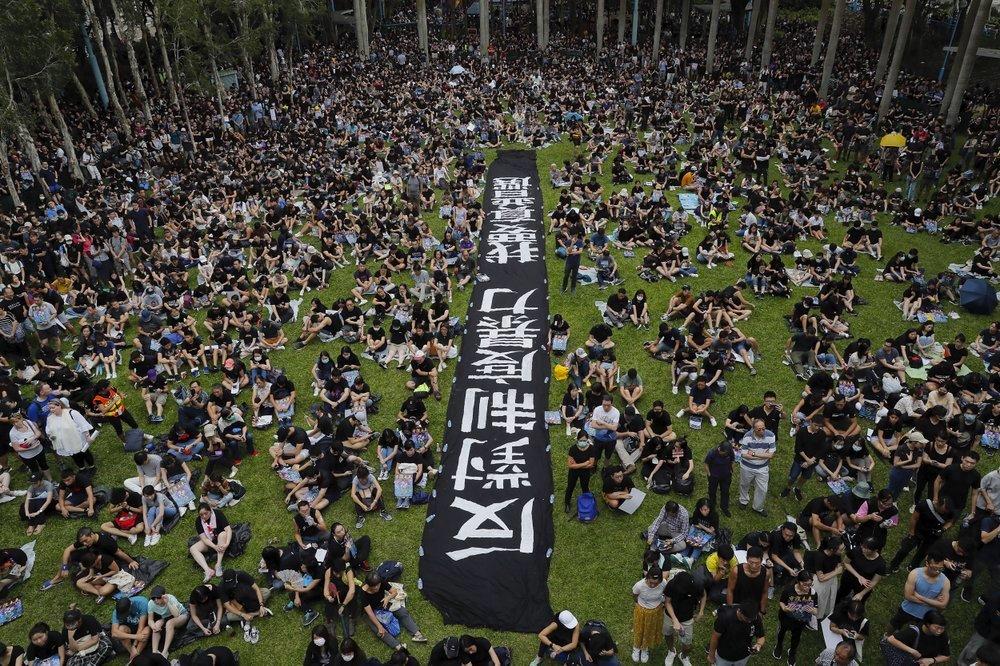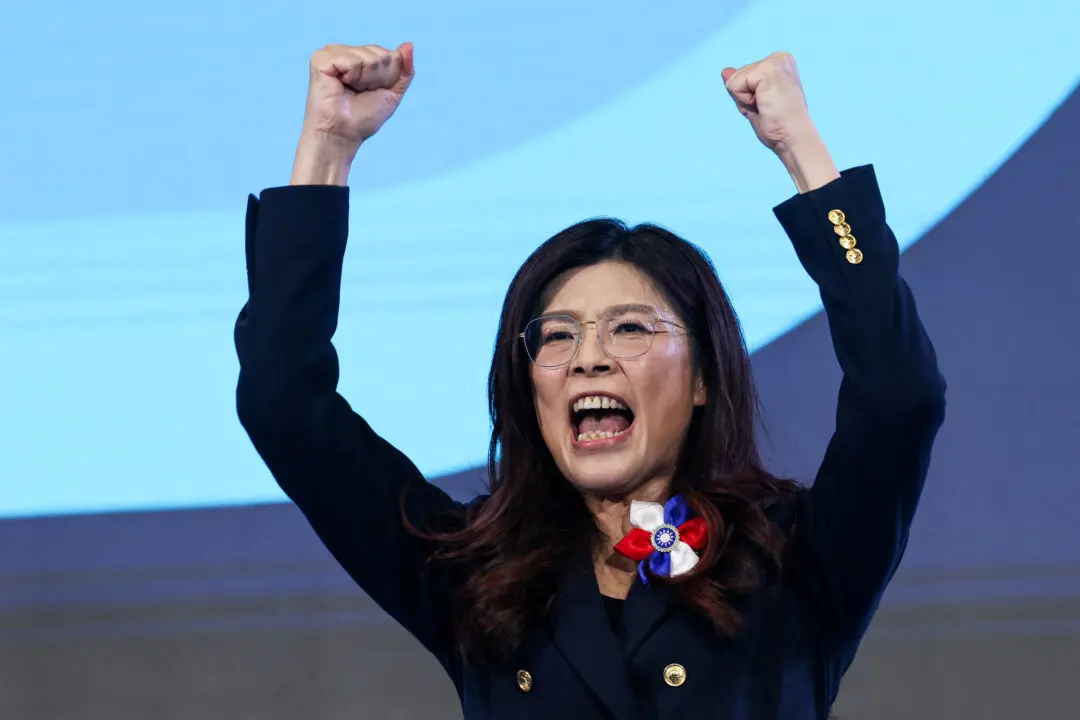Hundreds of thousands of Hongkongers again returned to the streets to rally against police violence on Aug. 4, as a weekend of protests again culminated in clashes with police.
This is the ninth consecutive week of mass protests as Hongkongers’ initial request for the government to shelve an extradition bill has evolved to include demands for universal suffrage in electing the city’s officials.





